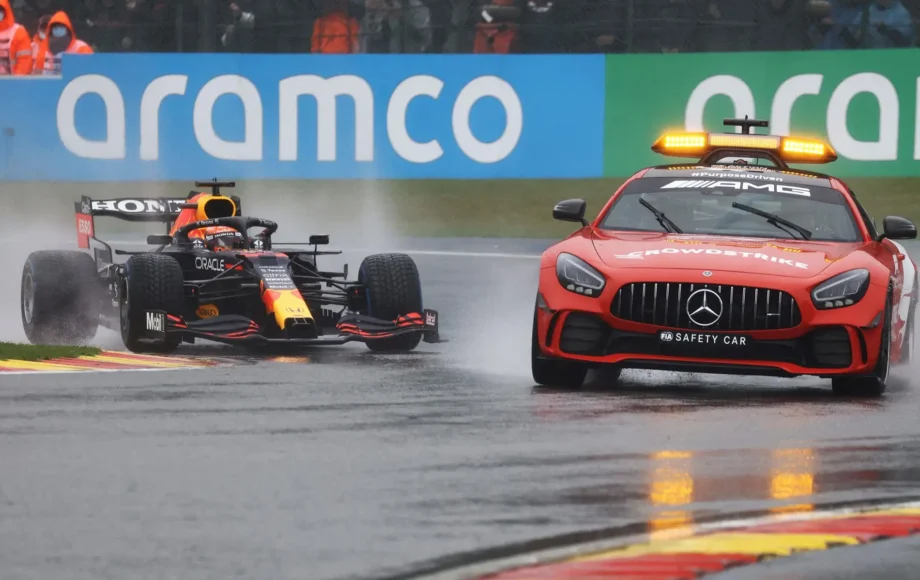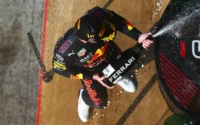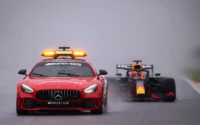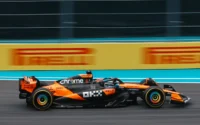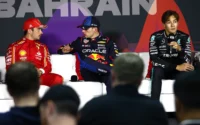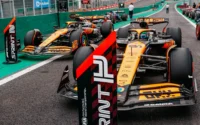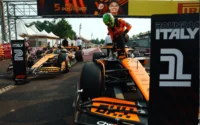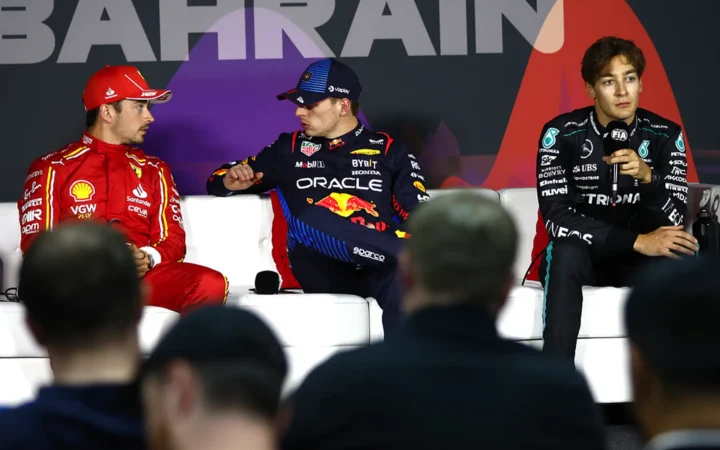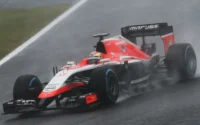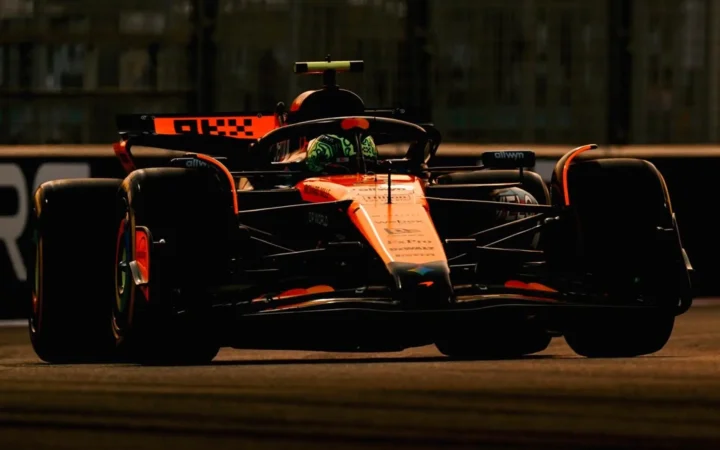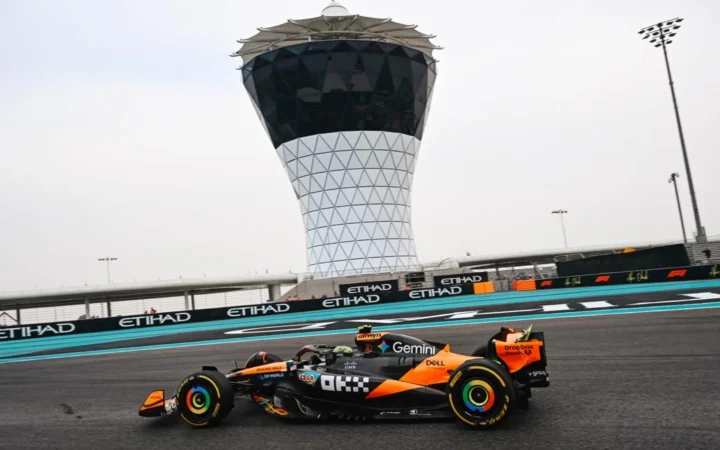Formula 1 is governed by a complex set of rules designed to create fairness, safety, and fair competition. Among these is a regulation that has quietly shaped the outcome of numerous races and even World Championships: the 75% rule.
What To Know?
- How the 75% Rule Works: Full points (25–18–15…) are awarded only if 75% or more of the race distance is completed. If fewer, reduced points apply based on how far the race was run.
- Points Breakdown for Shortened Races:
- 2+ green flag laps but <25%: Top 5 score (6–4–3–2–1)
- 25–50% completed: Top 9 score (13–10–8–6–5–4–3–2–1)
- 50–75% completed: Top 10 score (19–14–12–10–8–6–4–3–2–1)
- Why It Matters: Following Spa 2021, when points were awarded without green flag racing, F1 revised the rules to award points only after more than two green laps have been completed.
The 75% rule has evolved into a tool for race stewards and the FIA to help determine how points are distributed when a Grand Prix cannot be completed at full race distance. This could be the result of unpredictable weather, red flags, and technical failures.
This latest F1 guide breaks down what the 75% rule is, why it exists, how it has evolved over the years, and why it has become a contentious issue in modern F1 in recent seasons.
What is the 75% Rule in Formula 1?
The 75% rule dictates the percentage of the scheduled race distance that must be completed for full championship points to be awarded.
The current structure, as defined by the FIA Sporting Regulations, is tiered and depends on how much of the race has been run under green flag conditions. Here’s how the breakdown works:
- Less than 2 green flag laps: No points awarded
- More than 2 laps but less than 25% of race distance:
– Points to top 5 on a 6–4–3–2–1 scale - 25% to 50% completed:
– Points to top 9 on a 13–10–8–6–5–4–3–2–1 scale - 50% to 75% completed:
– Points to top 10 on a 19–14–12–10–8–6–4–3–2–1 scale - More than 75% completed:
– Full points awarded using the standard 25–18–15–12–10–8–6–4–2–1 format
These tiers were introduced during the 2022 F1 World Championship, following one of the most controversial races in F1 History, the 2021 Belgian Grand Prix, which we delve into later.
Formula One History Recommends
It’s worth highlighting that the green flag condition requirement was added to avoid loopholes, meaning that laps behind the safety car or under red flag conditions don’t count toward this rule.
Why the 75% Rule Exists
The origins of the 75% rule lie in the sport’s urge to balance fairness with pragmatism. In a sport where billion-dollar teams and razor-thin championship margins hang in the balance, F1 has long needed a way to partially reward effort when races are cut short due to:
- Extreme weather
- On-track accidents
- Infrastructure failures
- Time limits (like F1’s 3-hour race rule)
By providing a structured method for awarding reduced points, the rule prevents teams from walking away empty-handed.
But like many F1 regulations, its execution has been far from straightforward.
The Rule’s History
Historically, the 75% benchmark has served as the threshold between full and half points. For decades, if less than 75% of the race was completed, drivers received half points—a rule that, while simple, often led to ambiguity and frustration.
Notable Examples:
- 1991 Australian Grand Prix: Only 14 laps were run before torrential rain made racing impossible. Half points were awarded.
- 2009 Malaysian Grand Prix: Another rain-affected race saw the Grand Prix stopped at 31 laps, again triggering the half-point rule.
These precedents showed the value of a rule that could fairly award partial points. But its lack of nuance—and the rigidity of a simple 75% cutoff—left room for improvement.
2021 Belgian Grand Prix: A Turning Point
The need for a more subtle approach exploded into the spotlight after the 2021 Belgian Grand Prix, arguably one of the most infamous races in recent memory.
Full Race Report
What happened?
Due to unrelenting rain at Spa-Francorchamps, the race was never run under green flag conditions. After hours of delays, drivers completed just a few laps behind the safety car before the event was red-flagged and ultimately abandoned.
Yet, because the regulations only required two completed laps, half points were awarded. Max Verstappen was declared the winner, with George Russell earning a surprise podium in the Williams—despite neither driver overtaking anyone at race speed.
The backlash was immediate. Lewis Hamilton called the event a “farce,” echoing many fans who were frustrated that points were awarded for what amounted to a glorified parade lap. The result, while technically within the rules, was widely seen as lacking sporting merit.
This incident exposed the weaknesses of the old 75% rule and prompted a review of the scoring system.
The Post-2021 Reform: A More Granular System
In response to the Spa controversy, the FIA introduced the tiered points system for the 2022 season onward. This more granular benchmark added clarity and fairness by scaling points based on the actual racing time, and only if green flag conditions were met.
Under the new system, full points are not guaranteed unless 75% of the race distance is completed, and at least two green flag laps are run. Races that are stopped and not resumed now fall into the reduced scoring tiers.
This change aimed to close the loopholes exposed at Spa, now allow the championship standings to reflect genuine racing action, not administrative anomalies.
A Rule That Keeps Evolving
Even the 2022 changes didn’t put the issue entirely to rest. The revised structure initially did not apply to races that were suspended and resumed, meaning that if a race restarted—even if it didn’t complete the full distance—full points could still be awarded.
That contradiction was corrected ahead of the 2023 season, bringing the implementation of the rule more in line with its intent: to distribute points proportionately to the amount of actual competitive racing.
Today’s version of the 75% rule is more comprehensive and balanced than ever, but its continued adjustments prove one thing: F1 is still learning how to race fairly in where there is always some level of unpredictability.
Impact on Championships
The 75% rule hasn’t just influenced single races—it has also shaped entire seasons.
In tight title battles, even a single point from a shortened race can prove decisive. For instance, had the points allocation been different during shortened races in the 2009 or 2021 seasons, Jenson Button or Max Verstappen might have had vastly different paths to their championships.
Constructors are equally affected. Teams fighting for P4 or P5 in the standings (and millions in prize money) can either benefit or suffer from a rain-shortened Grand Prix. That’s why teams like Mercedes, Ferrari, and Red Bull have been vocal on how the rule is used and has been changed.
How It Compares to Other Motorsports
F1 isn’t alone in wrestling with incomplete races.
- NASCAR declares a race official once it’s past the halfway mark, awarding full points regardless of how it’s completed. This simpler model prioritises broadcast consistency but has its own fairness issues.
- IndyCar uses a system closer to F1’s: races halted before 50% of the distance result in half points; after 75%, full points.
F1’s more complex structure reflects its position as the pinnacle of motorsport, where scoring integrity is crucial and every point is scrutinised.
Formula One History Recommends
The 90% Rule vs. the 75% Rule
It’s easy to confuse the 90% Rule (individual classification) with the 75% Rule (overall race distance for full points), but they serve different purposes:
| Rule | What It Determines | Applies To |
|---|---|---|
| 90% Rule | Whether a driver is classified in the race and eligible for points | Individual drivers |
| 75% Rule | Whether full points are awarded in shortened races | Entire race |
Formula One History Recommends
Classification and Constructor Points
Every point matters in both the Drivers’ and Constructors’ Championships. Since team totals are calculated by adding up both drivers’ points, losing classification due to a 90% loss can affect the entire team’s season.
If a driver in P8 retires one lap before reaching 90% distance, they miss out on 4 points — and their constructor loses them too. That could be the difference between finishing 6th or 7th in the Constructors’ standings, which translates to millions in prize money.
Formula One History Recommends
The Rule That Balances Chaos and Order
The 75% rule might not be the most exciting of F1 rules. It doesn’t involve DRS battles or undercut strategies. But it plays a critical role in guaranteeing that when races are interrupted, championships aren’t decided by chance or controversy.
Formula One History Recommends
For more recent F1 fans—many of whom follow every lap via live telemetry and data—it’s a rule worth understanding. So the next time the skies open up over Suzuka or Spa, and the red flags come out, keep an eye on the lap count and the percentage complete. Behind those numbers lies one of the most consequential—and changing—rules in Formula 1.
For more F1 Terms, check out our F1 Glossary, covering everything from DRS, the 107% rule, and G-force to oversteer, slipstreaming, tyre warmers, and turbulence. This guide offers clear explanations of the most frequently used F1 terms. You’ll be speaking the language of Formula 1 like a seasoned fan in no time.
Seen in:

